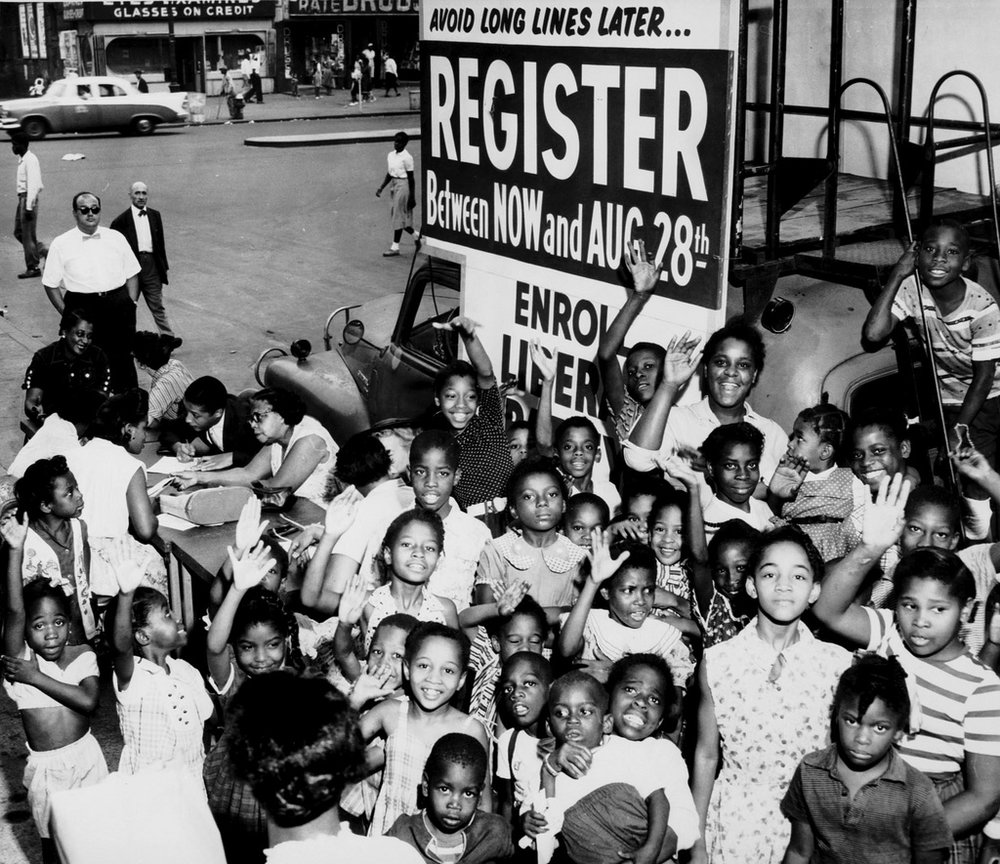
When the Voting Rights Act was signed into law in 1965, it didn’t just enfranchise Black voters in the American South. It also led to greater representation of Black lawmakers in local government, according to a new paper published in the April 2023 issue of the Journal of Political Economy. In “Race, Representation, and Local Governments in the US South: The Effect of the Voting Rights Act,” authors Andrea Bernini, Giovanni Facchini, and Cecilia Testa analyze how the law promoted the election of Black politicians to county commissions and other offices in the immediate years after it was passed.
The Voting Rights Act eliminated literacy tests and other obstacles to Black voters’ registration, and the legislation required certain “covered” jurisdictions with a history of discrimination to adhere to special provisions. Following its passage, Black voter registration and turnout quickly increased. But while civil rights leaders like Martin Luther King Jr. hoped the new law would lead to more Black representation in elected office, the actual delivery of this effect remained unclear. As Bernini, Facchini, and Testa put it: “Did the VRA live up to its promise?”
To answer this question, the authors embarked on the first systematic assessment of the Voting Rights Act’s impact on racial representation in local governments in the American South between 1962 and 1980. From the National Roster of Black Elected Officials, they gathered data on African Americans serving on county governments, school district boards, and municipal governing bodies during that period in the 11 states that made up the former Confederacy.
The authors then applied two analyses to the dataset. First, they examined how the difference between the preexisting share of Blacks and Black office holding changed over time within counties subjected to coverage. They also analyzed if covered counties with larger preexisting Black populations experienced a larger increase in Black office holding after the passage of the VRA, compared with noncovered counties. “[W]hile before 1965 Black office holding in all states of the former Confederacy was unrelated to their racial composition,” the authors write, “in the immediate aftermath of the VRA, Black representation increased more in counties with larger shares of African Americans, and the gradient of the relationship was clearly steeper for covered counties.”
While Bernini, Facchini, and Testa note that anecdotal evidence might suggest Blacks were elected to only minor offices, they found that coverage significantly increased African American representation in county commissions. The authors call commissions “the most important local government bodies in the US South,” as they control local finances, and the authors find that capital spending grew more rapidly within counties electing Black commissioners.
Despite the gains made in commissions, the authors did not find similar progress in municipal governing bodies and school boards. These offices were governed by different existing electoral rules, the authors write. Black office holders were elected more in single-member district elections than in at-large elections, in which the majority of a jurisdiction elects all representatives. Still, “in less than two decades, the VRA significantly changed the racial makeup of local governments in the US South,” the authors write, noting that other possible consequences beyond increases in local spending remain open to future research.


Leave a Reply